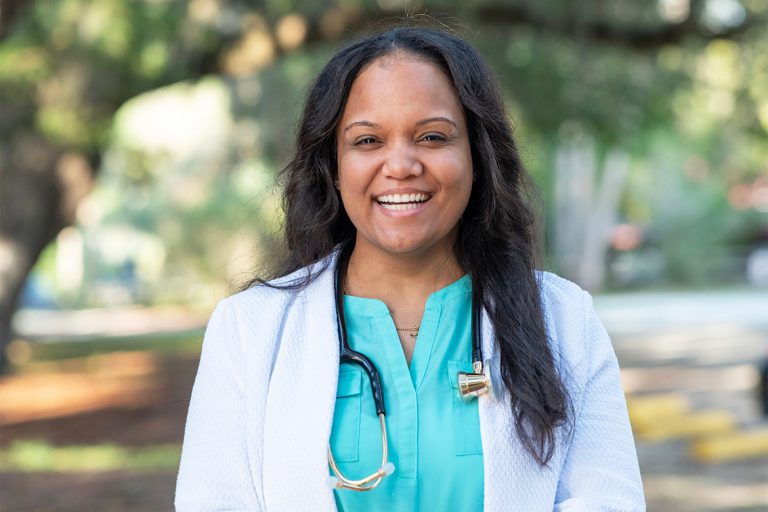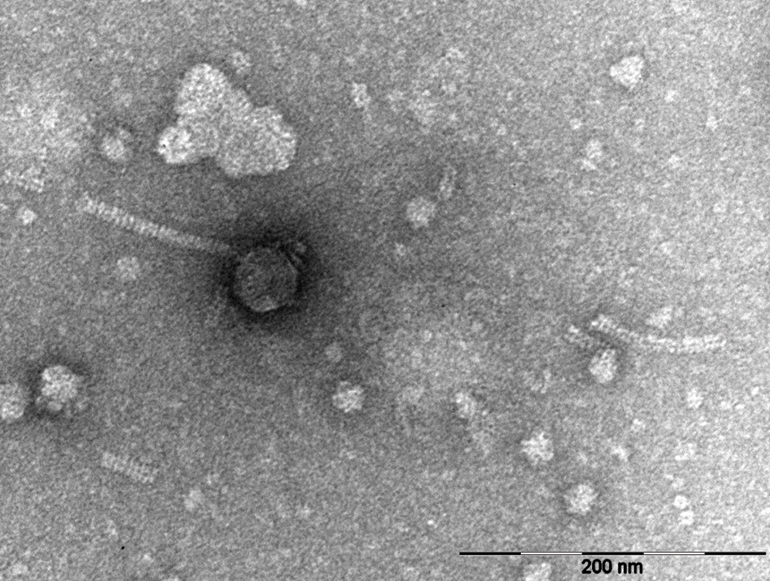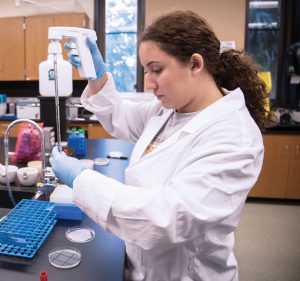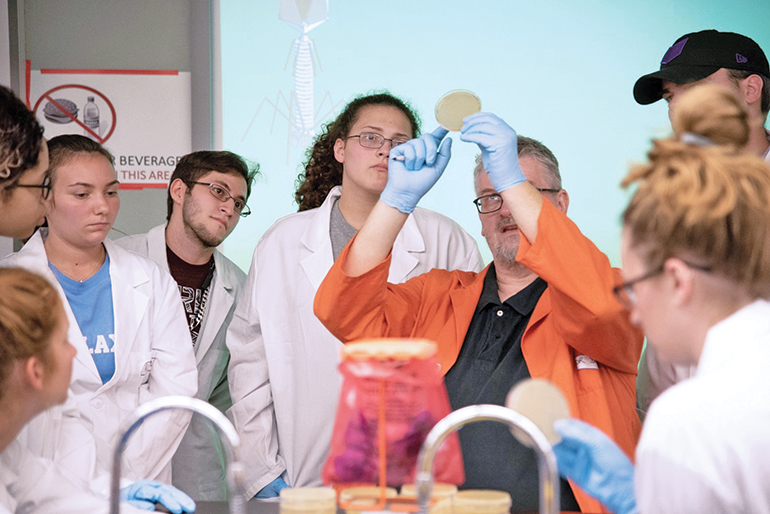Giving back is a ‘heart thing’ for physician and alumna Kamille Garness ’11.
When Kamille Garness was just 4 years old and living on the Caribbean island of St. Lucia, she was taking in stray animals off the streets to feed and house them.
Giving her time and talents to those who need her help — human or otherwise — is just a “heart thing” for her, said Garness, who graduated from Saint Leo University in 2011 with a bachelor’s degree in biology and a minor in chemistry.
Today, in addition to her thousands of hours of community service, Garness is working toward completing her residency to become a specialized medical doctor, having graduated from medical school at the Spartan Health Sciences University in St. Lucia, and completing medical internships in Miami and Chicago, as well as earning a Master of Public Health degree from The George Washington University.
While she works toward the goal of completing a medical residency, the 34-year-old, who lives near Orlando, FL, continues to devote much of her time to others. That work is earning her recognition and numerous awards.
“I have been involved with the Red Cross since as far back as high school in St. Lucia,” she said. “I visited the homes of the elderly and the sick, and I also volunteered at different sporting events.
“When I came to the U.S. in 2007, I decided I wanted to undertake a number of volunteer opportunities, and the Red Cross was one of them.”
Garness was honored with the American Red Cross Rising Star Award for her contributions in improving the quality of life of South Floridians and for demonstrating the humanitarian principles of the Red Cross. She received the award at the Sarah Hopkins Woodruff Spectrum Awards for Women in Miami.
She has volunteered with the Red Cross in Orlando and Miami since 2016, assisting families affected by natural disasters. Her efforts also have earned her the Presidential Lifetime Achievement Service Award, the highest honor for a volunteer. To be eligible, an individual must volunteer more than 5,000 hours in his or her lifetime.
Her time at Saint Leo also included “serving humanity from her heart.”
“While at Saint Leo, I volunteered for the Good Samaritans Club and homeless shelters, including the Love One Another Homeless Shelter, and I also took part in the Haitian education project to raise funds for earthquake victims. And I volunteered for the Hernando-Pasco Hospice. I was a caregiver for the hospice, preparing meals for the patients and speaking with them so they had someone to speak with, since they sometimes get lonely.”
Garness recently received her medical license and hopes to specialize in internal medicine, family medicine, or pediatrics.
“Just as I was about to apply for my residency in 2020, the pandemic started so I started working as a disease investigator,” to track COVID-19 cases, she said. Following the setback of the pandemic, she is now working to obtain a residency placement.
“I always knew it was my calling in life to help other people,” Garness said. “I always wanted to be a part of alleviating human suffering.”
The university emphasized giving back to the community through service. “That just reinforced that this was the field I wanted to go into,” she added.
Majoring in biology, “improved my fascination for the human body, and how systems interact to produce the miracle of life,” Garness said.
Giving back is simply a part of her — an internal requirement for her life, fulfilling her life mission by doing God’s work, she said. “I always wanted to help the world.”





